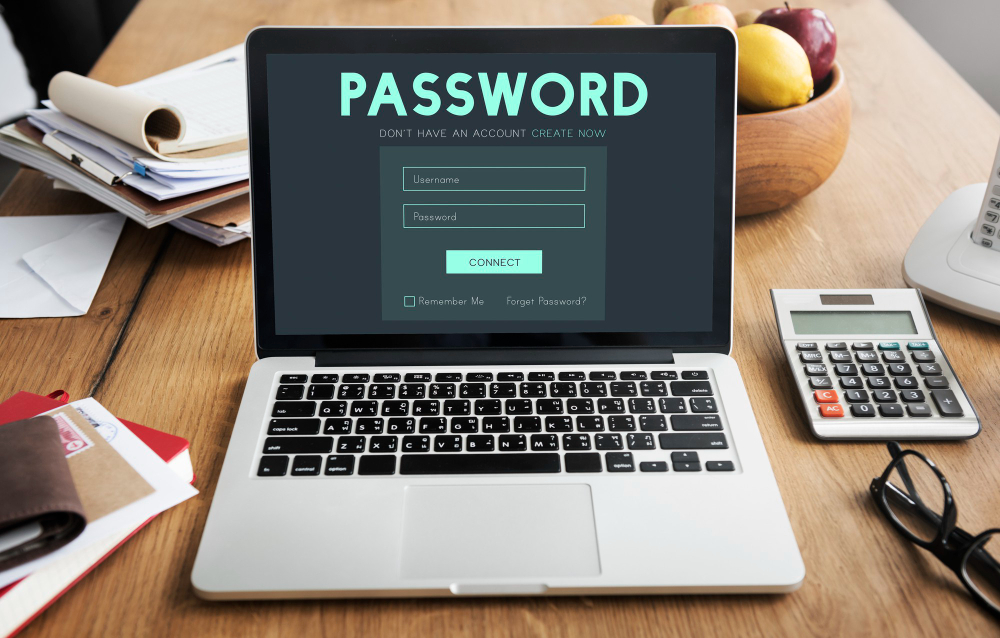Building and maintaining a website is exciting but challenging. There are a million aspects to consider, from generating captivating content to making your site user-friendly.
Cybersecurity probably doesn’t feature high up on your list of priorities. But it should. Since the start of the pandemic, cyber-attacks have skyrocketed. And contrary to popular belief, it’s not just big-brand sites or large businesses that are at risk.
SMBs and smaller websites are often much easier and more attractive targets. If you slack on cybersecurity, your private data and your website users’ sensitive online footprint can easily become exposed.
To help you prevent this, here are the five most common cybersecurity mistakes to avoid.
Contents of Post
1. Weak Login Credentials

Countless website owners never bother to change their username to anything other than “admin.” Even more people happily use weak passwords or recycle them from other websites.
This is one of the biggest and most common security failings on websites. According to a recent study, the most common passwords out there are still laughably easy to crack – “123456”, “qwerty,” and “password.”
Similarly, statistics tell us that 73% of people reuse their passwords across websites – even though they know it is bad practice. To fix this vulnerability, you need to pick a complex admin name and password for your site.
Consider installing WP Login LockDown. WP Login LockDown is a security plugin for WordPress that specifically focuses on protecting the login site. It adds an extra layer of security by limiting the number of login attempts and blocking suspicious IP addresses. By setting a specified number of failed login attempts, WP Login LockDown can prevent brute-force attacks that aim to gain unauthorized access to the login page. Additionally, it allows you to set a lockout period for failed login attempts, further deterring potential attackers. With WP Login LockDown, you can enhance the security of your WordPress login site and prevent unauthorized access, ensuring the protection of your valuable data.
2. Not Using SSL
Getting an SSL certificate for your website can be a bit of a hassle, to the point where many website owners don’t bother. But it’s absolutely worth it – and there are plenty of SSL plugins to make it a lot easier.
SSL helps your site establish secure connections to networks and makes sure your URLs have an HTTPS prefix. This way, your website users’ data is securely encrypted even if someone does manage to get a hold of it.
3. Neglecting Backups

Another common cybersecurity mistake that many web admins make is to neglect backups. You should back up your site periodically – either on a fixed schedule or whenever you implement changes.
Backups help you prepare for the worst in terms of cyber security. If a hacker does manage to compromise your site, they could hold it hostage until you pay a ransom. In this scenario, backups are invaluable in buying you time and leeway to deal with the situation.
Similarly, if a hacker makes changes to your site – for instance, by installing malware – backups allow you to easily revert back to an earlier version.
4. Not Using Cybersecurity Plugins
Cybersecurity plugins are quick and easy to install and offer an additional layer of security for your site. Yet many web admins fail to take advantage of this.
Plugins like Wordfence, iThemes Security, or Sucuri can help you fend off spam, scan files for malware, and implement two-factor authentication.
Plus, many of these plugins offer free versions that provide a basic level of security, so you won’t even have to scratch your budget to put the most important measures in place.
5. Skipping Updates
![]()
Finally, one common mistake is to skip updates – both of CMS such as WordPress, as well as individual plugins. Updates can be bothersome. They take some time to install, might mess up designs, and can compromise dependencies.
However, they often include valuable security fixes that can help you fend off hackers. Cybercriminals frequently take advantage of known vulnerabilities that have already been patched in the latest update!
Conclusion
Cyber-securing your website, is essential – both for your own safety and that of your website’s users.
By taking a close look at the steps above and making sure you avoid them, you’ll be able to ward off cybercriminals.









